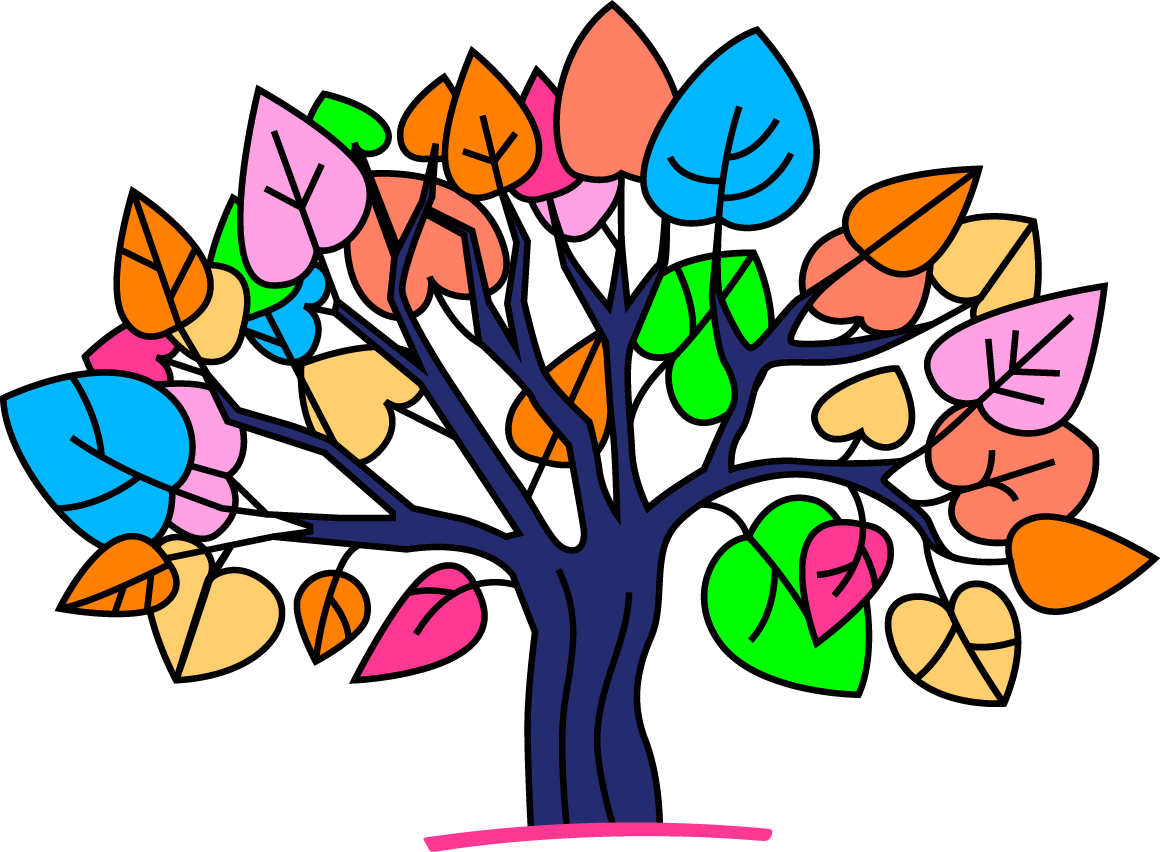
Gestalt Language Processing (GLP)
What is GLP?
GLP is a unique way of processing language where individuals tend to learn and use chunks or gestalts of language rather than learning individual words and constructing sentences from them.
Key features of GLP:
- Language is processed in pre-formed chunks or phrases (e.g., full sentences or expressions).
- Echolalia (repeating heard phrases or sounds) .
- The child may use these chunks out of context or in new situations, even if they don’t fully understand the individual meanings of the words.
- Chunks might be from things like TV shows, songs, or movies, or phrases they have heard repeatedly from caregivers or others.
There are 6 stages in GLP. Below are 4 of the 6 stages.
Stage 1:
Gestalt Phrase Use (Chunking)
Language is used in pre-formed chunks, often memorized phrases or sentences (e.g., repeating a line from a TV show, “I’m hungry!” or “Let’s go!”). Here the child may not understand every individual word but can use the whole chunk appropriately in certain contexts (e.g., using “Let’s go!” when wanting to leave a room).
Stage 2:
Mitigation
The child takes parts of gestalts and combines them with other parts of other gestalts (e.g., using “I want snack” after learning the individual words “I want” and “snack,” even if it’s not exactly a grammatically perfect sentence).
Stage 3:
Single Words and Two-Word Combinations
Freeing a single word from a gestalt and/or making a new two-word combination (e.g., a child might combine noun plus noun with no attention to word order, such as “floor + mommy”).
Stage 4:
Original Phrases/Sentences and Beginning Grammar
The child puts together “freed” single words to make their own phrases and/or sentences (e.g., “mommy sits with me”).


























